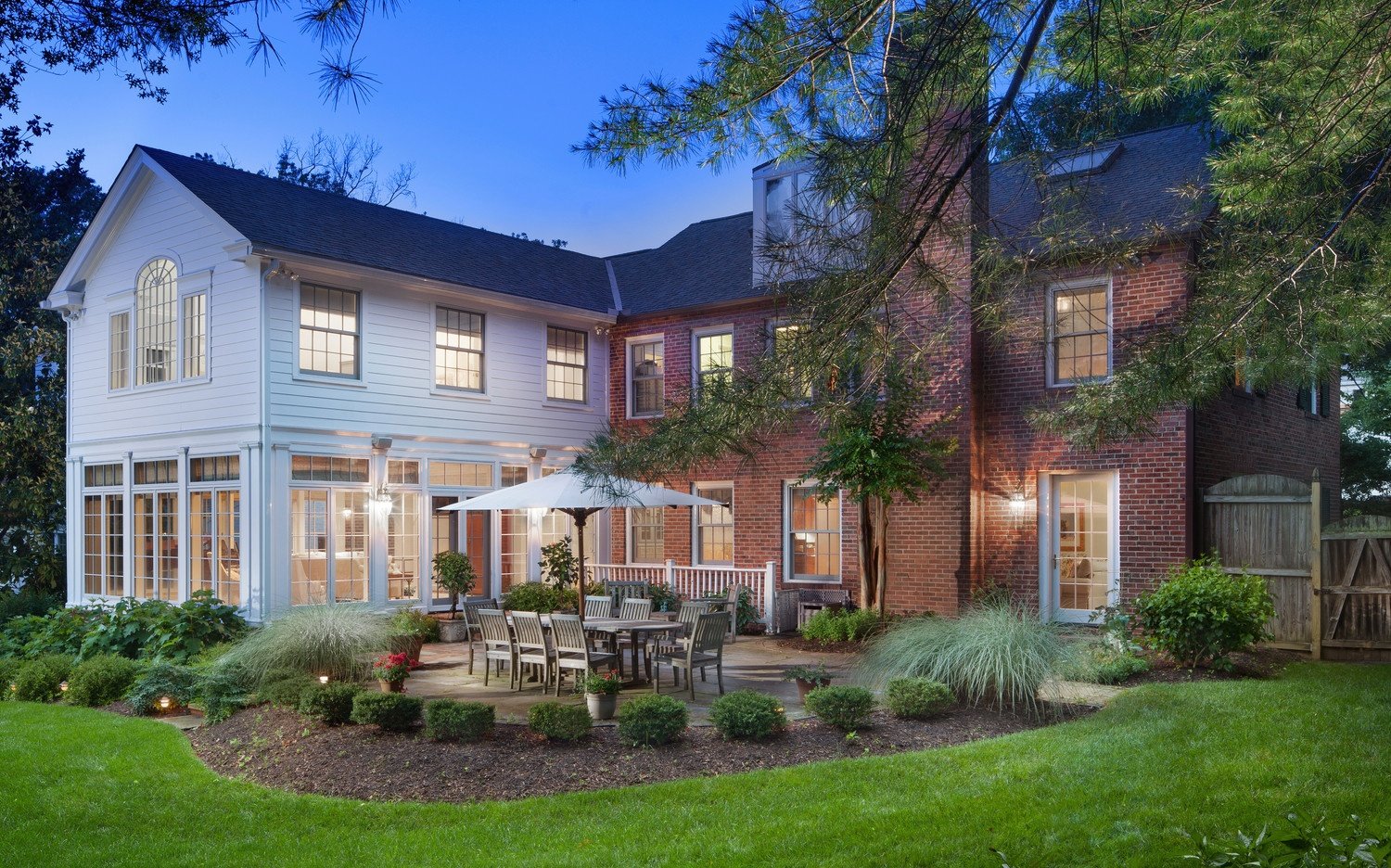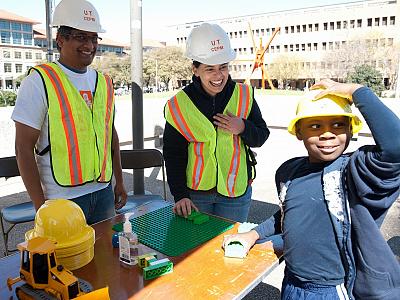If you’re looking for more space in your home, a room addition is the way to go. But it’s not a project you want to take on without proper planning.
Room additions at J&R Construction can make your current house your dream home and add value to the property. They can also save you the trouble of finding a new home.
Adding an addition to your home is a big project that will have a major impact on your daily life. It’s important to hire a contractor who is experienced with room additions and understands the challenges that can arise during this type of project. It’s also important to find a company with a good reputation and excellent reviews from past clients.
The first step in a home addition is designing the new space. Using a home design software program or working with a professional architect can help you visualize your plans and ensure the final result will meet your needs. It’s a good idea to begin the design process several months before you want to start building. This will give you time to make changes and will allow the contractor to order materials in advance, which will reduce your overall cost.
During the design phase, it’s crucial to think about future resale value. Choosing designs that appeal to the broadest range of buyers will help you get a better return on your investment. You should also consider the amount of natural light, flow, and functionality of the space when deciding on the layout and finishes.
Another essential step is establishing a budget and creating a realistic timeline for the project. It’s important to factor in any required building permits, approvals, and inspections when developing your timeline. Obtaining a building permit can be time-consuming and can increase your total project cost, so it’s wise to work with a builder who is familiar with the local requirements and permitting process.
Once the design and permit processes are complete, you can begin preparing the site for construction. This may include clearing the area, grading the land, and relocating utility lines. Depending on the type of room you’re adding, this phase may also include installing the foundation and building the walls or roof.
It’s also a good idea to add electrical and plumbing systems to the new space. In many cases, this will require adding additional circuits to your breaker panel and may necessitate extending the water lines in your home.
Designing the Addition
Adding square footage to your home is a huge investment. A professional designer will help you determine what features to include and how much the project will cost.
During this process, you should carefully consider why you want the room addition. This will help you make decisions about what kind of space is best for your family and how it will be used in the future. The location of the addition should also be taken into account to ensure that it doesn’t impact the structure or flow of your home, as well as any potential zoning issues.
Once the space has been planned, you can begin the building process. Depending on what you are doing, you may need to work with an architect or interior design company. These professionals will help you with the entire process, from creating a design to preparing the blueprints for the city. You will also need to decide on the foundation for the new room, which can affect how much the project costs. You should also think about what will be included in the finished room, such as a bathroom or kitchen, which could affect plumbing costs.
The size of the addition will also impact how it will fit into your existing house and neighborhood. You don’t want to build an addition that is too small for your needs or too large for the property. A home that is too big can be difficult to sell, and one that is too small will not provide an adequate return on investment.
If you are planning to add a bedroom, it’s a good idea to consult with a real estate agent to see what the current market is like in your area. They will be able to tell you whether the space is likely to attract buyers and what the maximum selling price for your home would be.
You should also consider whether you will live in the room addition while it is being built. This will influence how long the construction process takes, and it is a good idea to have a plan for where you will stay while the work is going on.
Getting Permits
If your house is older, it could be worth checking with local authorities to determine whether a permit is required for a home addition. You will likely need to submit official schematics or blueprints of the new room, and the person named on the permit will be responsible for making sure construction meets codes (this might be you if you’re doing it yourself, but it may also be the contractor you’re hiring).
Typically, any type of construction that changes the size or function of your building requires a permit. This includes a room addition, bathroom or kitchen remodeling, structural changes, fences, decks, and some electrical, plumbing, and mechanical work. However, there may be some small projects that do not require a permit, and this can vary by community.
While it may be tempting to bypass the permitting process in order to save time and money, doing so can be very dangerous. Unpermitted work is rarely inspected, so problems like fires or house shifts that result from improper foundations or structures can go unnoticed. In addition, getting caught can result in fines and the forced demolition of your new room.
Depending on your location and the extent of your renovations, you may need to file for either a full or limited permit. The full permit process is more involved, with architectural drawings from a licensed architect needing to be filed before a city review and approval. This can take weeks or even months, depending on your city and the extent of the work.
You may also need a permit to add an in-ground pool, relocate underground plumbing, or move gas lines, and this can extend the time it takes to get the room built. If you are working with a reputable general contractor from the start of your project, they should manage obtaining and filing the proper permits for you.
While it’s not always necessary, a permit can increase the resale value of your home and speed up the closing process. If you don’t have a permit and an inspector comes to your home during the selling or buying process, they can demand that you obtain the proper permits retroactively and pay to correct any code violations (e.g., if you removed a load-bearing wall without a permit).
Building the Addition
A room addition is one of the largest projects that any homeowner can undertake. It can change the entire floor plan of a house and involve digging, installing foundations, framing, and finishing a new living space. It’s also complex, expensive, and a project best left to professional contractors or design-build firms. While there are some homeowners who attempt to do a home improvement on this scale themselves, it’s usually not feasible or wise.
Many reasons make a room addition an attractive option for homeowners who outgrow their existing homes. Relocating to a new house is expensive and time-consuming. It means establishing a whole new lifestyle and putting down new roots, and it often requires relocating children to new schools. A professional home addition can save all of these costs as well as minimize the disruption caused by moving.
In fact, a well-designed room addition can add more value to the home than the cost of purchasing and moving into a larger residence. The added square footage can provide an extra bedroom, a home office, a workshop or hobby area, a larger bathroom, and more. These spaces can also help to minimize wear and tear on other parts of the home, especially if the new space is used as a retreat or for quiet activities.
When building a room addition, the most important consideration is that it be a good fit for today’s needs and those of future residents. It may be tempting to choose a multipurpose space that can potentially serve as an extra bedroom, living room, or kitchen, but this kind of approach isn’t always a smart investment. If the space isn’t heated or insulated properly, it won’t be as useful for its intended purposes and may not appeal to prospective buyers in the future.
Once the floor and walls are framed, windows and doors are installed, and the roof is in place, it’s typically clad with exterior siding to make the addition weather-tight. Then critical services like electrical wiring, plumbing, and heating and cooling are “roughed in.” Once these elements are in place, the addition can be finished with insulation, sheetrock, paint, trim, flooring, and other details.



